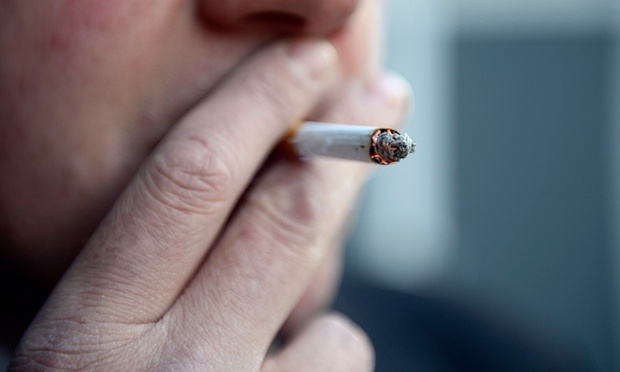
Passive or involuntary smoking is considered as a big problem and it could actually cause various health problems among many non-smokers. Each year, about 50,000 non-smokers around the world die due to constant exposure to tobacco smoke in workplace and other areas. Many more have affected health and reduced quality of life. In fact, there are thousands of lung cancer cases, due to passive exposure to tobacco smoke. Children with smoking parents have higher incidence of pneumonia, asthma, bronchitis, colds and influenza. The effects of passive smoking may last for a lifetime, due to delayed intellectual and physical development during childhood. For adults, years of passive exposure could accumulate enough carcinogens to cause cancer to emerge. Dipping snuff and chewing tobacco are also popular among specific consumer groups, such as college men and high school students. Although smokeless tobacco products won’t cause passive exposure to non-tobacco users, they are also considered as high risks among users.

Regardless of the form, tobacco continues to be a significant threat to our community. Nicotine is highly addictive and often compared to cocaine and heroin. Nicotine is absorbed through our body, not only through inhalation, but also through chewing and dipping. So, it is clear that solving passive smoking by using smokeless products among smokers, isn’t really a solution at all. Based on studies, the relationship between heart disease and physical inactivity is similar in magnitude to that of passive smoking. People who passively inhale tobacco smoke could have 30 percent higher blood pressure than people who live or work in cleaner environment. The level of bad cholesterol could increase as well. Studies have shown that people who have moderate physical activity could have significantly less possibilities of heart attacks. It means people who are exposed to tobacco smoke, even if they are non-smokers, it is advisable to increase their physical activities. This will add another positive factor that could lead to an overall increased health.
Moderate activity could be equal to walking briskly at about 2 miles each day or 10 miles each week. It also means that we could lose more than 2000 calories each week. This is equal to one day of basal calories expenditures. If performed regularly, we will also lose about 2 pounds of body weight. People could also climb stairs to further increase the physical activities. People who burn at least 1000 of calories each week through physical exercises will have significantly longer life expectancy. There is a distinct link between mortality and fitness level, so it is important for people who are exposed to tobacco smoke to improve their physical exercises. People with low physical fitness, sedentary life style and constant exposure to tobacco smoke will be much more likely to suffer from cancer, cardiovascular diseases and other kinds of illnesses. The pace of exercise is also essential, not just the duration or the distance covered. People who move briskly or run will gain the most benefits from their exercises.







